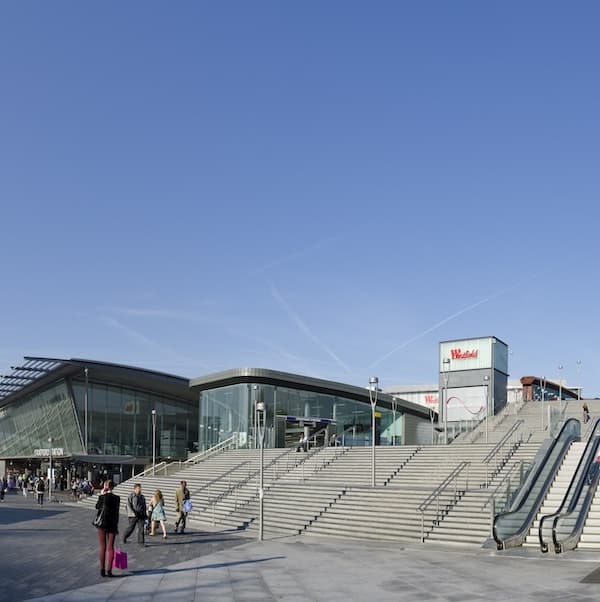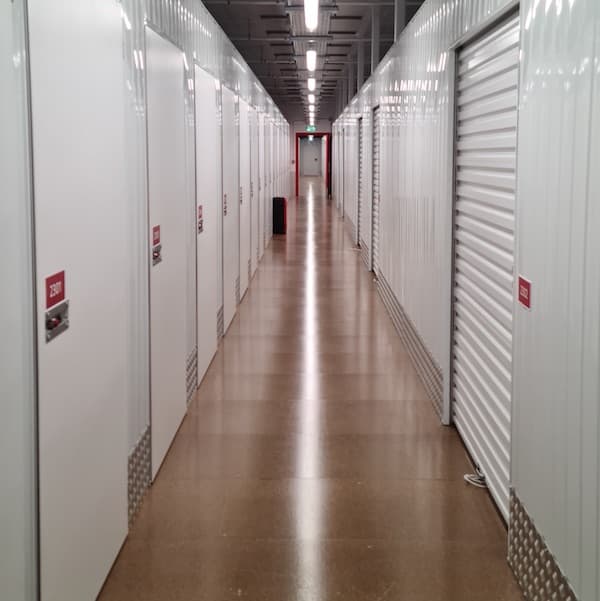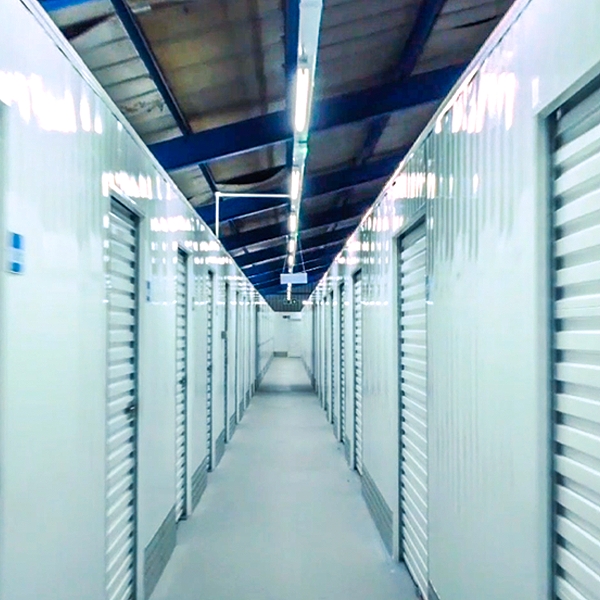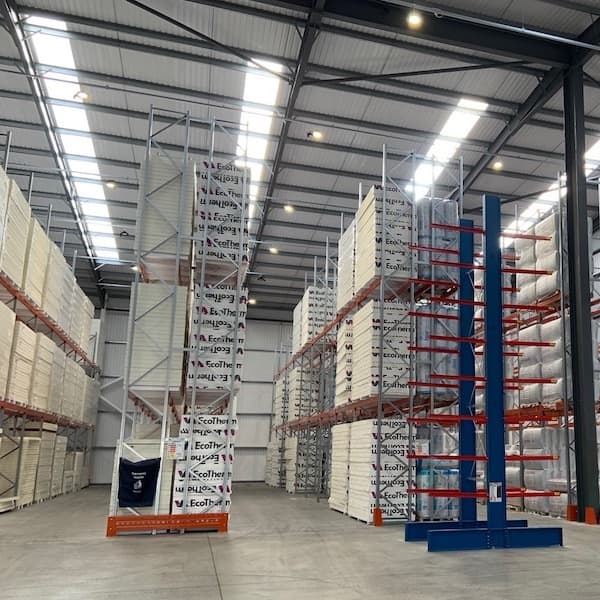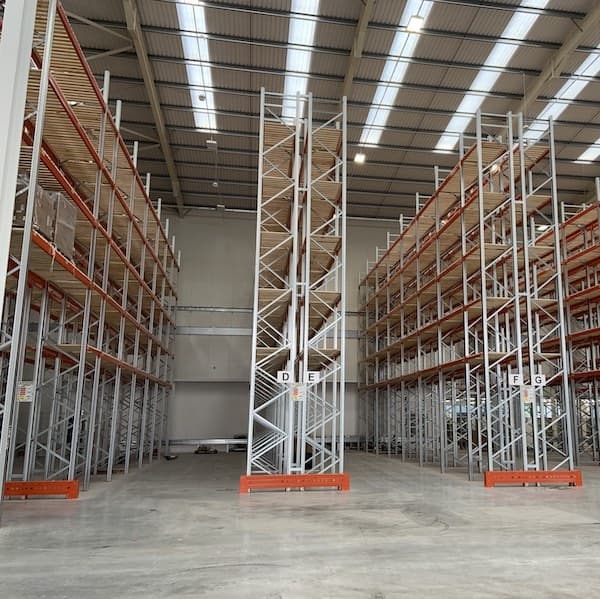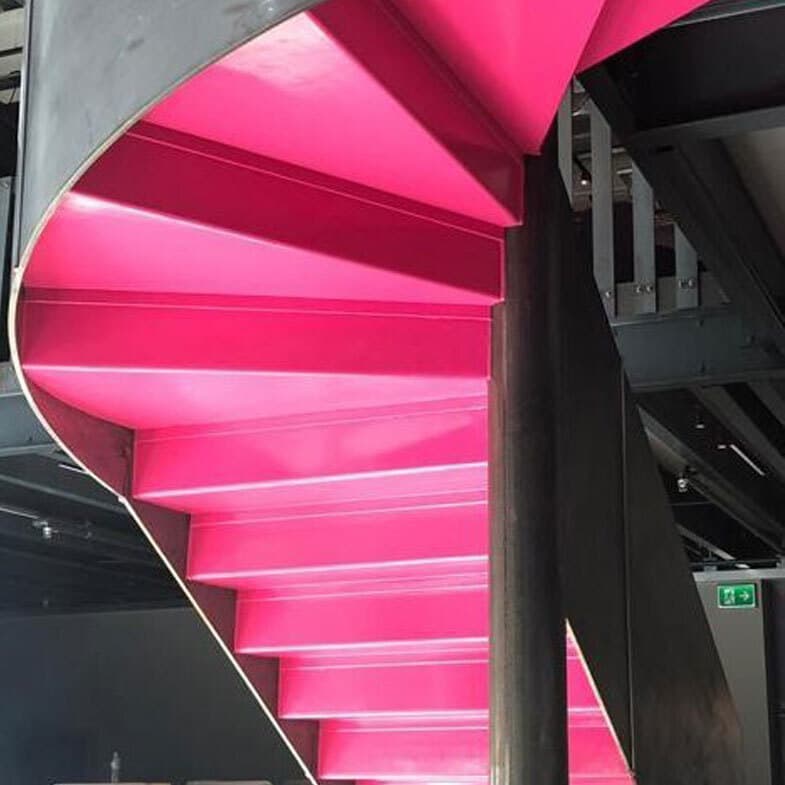- Mezzanine Floors
- Solutions
- Multi-Tier Mezzanines
- Mezzanine Pallet Safety Gates
- Mezzanine Staircases
- Mezzanine Handrails and Balustrades
- Mezzanine Decking
- Fire Protection for Mezzanine Floors
- Mezzanine Lift Shaft Design and Installation
- Resources
- Mezzanine Floor Calculator
- Mezzanine Floor Regulations and Building Control
- Self-Storage Mezzanine Floors
- Self-Storage Units
- Resources
- Self-Storage Site Selection Information
- Calculating The ROI of Self-Storage Conversions
- Planning for Automation in Self Storage
- Racking & Shelving
- Solutions
- Cantilever Racking
- Pallet Racking
- Coil Racking
- Longspan Shelving
- Tyre Racking
- Kimer Racking
- Live Storage Racking
- Drive In & Drive Through Racking
- Clip Shelving
- Mobile Shelving
- Custom Fabrications
- About Us
- USS Case Studies
- Self-Storage Fit-out For Raked Ceiling Building
- Mezzanine And Staircases For Entertainment Venue
- New Mezzanine And Staircases For Major Retailer
- Mezzanine Pallet Safety Gate
- Self-Storage Fit-Out Project For Brand New Facility
- Warehouse Racking, Wire Mesh & Shelving for New Warehouse
- Self-Storage Partition System & Components Installation
- Self-Storage Store Mezzanine And Staircases
- Multi-Tier Mezzanine For Logistics & Distribution Facility
- Warehouse Plant Platform
- Self-Storage Facility Space Expansion
- Mezzanine Floor For Distribution Warehouse
- Bespoke Feature Staircase & Mezzanine
- Single Level, Multi-Use Mezzanine
- Mezzanine For A New Building
- Mezzanine Floor For Plumbing Supplies Warehouse
- New Racking System and Mezzanine Floor
- Car Park Conversion To Self Storage Facility
- Pallet Racking and Cantilever Racking For Warehouse
- Two Mezzanine Floors For Self-Storage Facility In Birmingham
- Our Accreditations
- Contact Us
- USS Case Studies
- What is the size and weight of the type of items likely to be moved on and off the mezzanine?
- What is in place to move people on and off the mezzanine – i.e., are ladders in place or have stairs been installed, and are forklifts used to move items around the mezzanine and chutes, conveyors and hoists etc. used to move items on and off?
- Are safety barriers in place to prevent falls from the edge of the mezzanine?
- Is the mezzanine itself structurally sound and free from signs of damage such as cracking and bending?
- Has the structural integrity of the mezzanine been inspected by a qualified engineer?
- Has the initially intended mezzanine’s load capacity changed from design and installation?
- Is the surface of the floor of the mezzanine safe to work on, with features such as non-slip flooring?
- Is the lighting of the mezzanine floor area sufficient for safe access and use?
- A top rail with a minimum height of 1100mm
- One or more intermediate rails which are placed a maximum distance of 500mm apart
- A kick plate with a minimum height of 100mm to prevent smaller items rolling or being kicked off the mezzanine
- The railing should fix to the mezzanine floor with sufficient strength to stop anyone who falls against it from falling over the edge
- Report any safety hazard they identify to their employer
- Use any equipment or safety devices supplied in accordance with training and instructions. If they think that doing so would be unsafe, they need to seek further instructions.
- At the same time, employers need to consult with their employees regularly on health and safety matters. Employers should discuss any issues such as possible risks which may arise from the work they carry out, ways in which they could manage or control those risks and the best methods, in their view, of providing information and training.
The Latest Blogs From USS
Health and Safety Measures for Mezzanine Floors
read
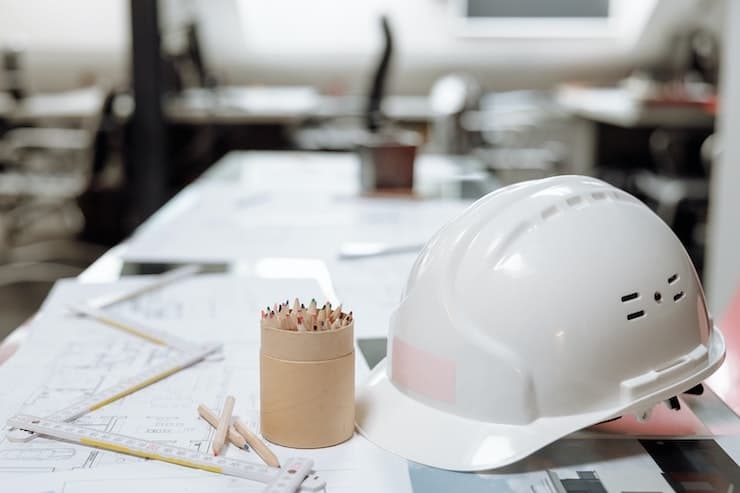
We’ve written extensively about the advantages of mezzanine floors in terms of opening up the maximum space available within a commercial or industrial setting and transforming that location without the need to alter the physical framework of the existing building.
While much of the focus of what we’ve written has been on the variety of mezzanine flooring available and their respective benefits, understanding the health and safety requirements when opting for a mezzanine floor solution is necessary. While many of these requirements involve liaising as closely as possible with your chosen designer and manufacturer, including asking the right questions before design and installation, the obligation to work safely within, across and under a mezzanine floor is essential, and you should address these requirements regularly.
The health and safety aspect of a mezzanine floor build begins at inception - well before the project completes and in operational use. Working with a professional and experienced installation company should offer a degree of certainty because the correctly taken steps ensure the safety and well-being of everyone involved. However, it’s still vitally important you understand the correct approach and the kind of thorough attention to detail required for the well-being and safety of all involved. Complying with all relevant legislation is pertinent, particularly Section 5 of The Management of Health and Safety at Work Regulations 1999 and states that:
(1) Every employer shall make and give effect to such arrangements as are appropriate, having regard to the nature of his activities and the size of his undertaking, for the effective planning, organisation, control, monitoring and review of the preventive and protective measures.
(2) Where the employer employs five or more employees, he shall record the arrangements referred to in paragraph (1).
The RAMS - Risk Assessment and Method Statement
Once they've received instructions the installation team should create a Risk Assessment and Method Statement (RAMS) to meet these requirements. This detailed document sets out the full range of possible hazards on the site, the potential harm these hazards could cause, the people at risk in these circumstances - and the necessary controls to mitigate those risks. In cases where electrical tools are going to be used as part of the installation, for example, the RAMS might state that electric tools should be battery-powered or run at 110 volts. The aim is to minimise the risk of users experiencing an electric shock. Furthermore another example is a safety check of all electrical equipment before use. Any delivered hired equipment used during installation should arrive with a valid safety certificate and complete instructions for safe use. Furthermore, the RAMS should state that all operatives involved in installing a mezzanine floor or adapting an existing mezzanine floor should undergo a safety induction when they arrive on site. The Manager in charge of carrying out the work should assess the site to ensure it is safe to work along the lines set out in the RAMS.
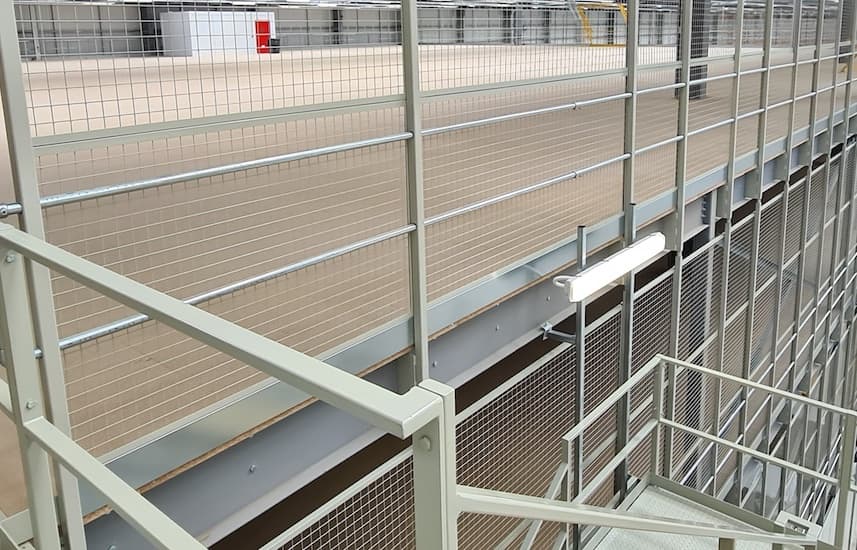
Although each mezzanine installation or adaption will be a unique project with its own risks and challenges, specific health and safety precautions form part of any RAMS. These will be carried across all projects. These include, for example, wearing high visibility clothing and steel toe-capped boots, using ear protection when working with power tools and wearing hard hats whenever there are structure and building works.
Post-Installation Safety Measures
Once a mezzanine floor is safely installed, the focus switches to the safety of anyone accessing the floor. This focus might cover warehouse workers in a distribution warehouse, shoppers and members of the public in a retail outlet or leisure facility and workers using the mezzanine floor in a manufacturing capacity. The key publication in legal terms is The Health and Safety at Work Act 1974, which details the steps businesses must take to protect employees and members of the public. The measures contained in the Act are sweeping and broad-ranging and cover many aspects of workplace safety that apply whether a mezzanine floor is in place or not.
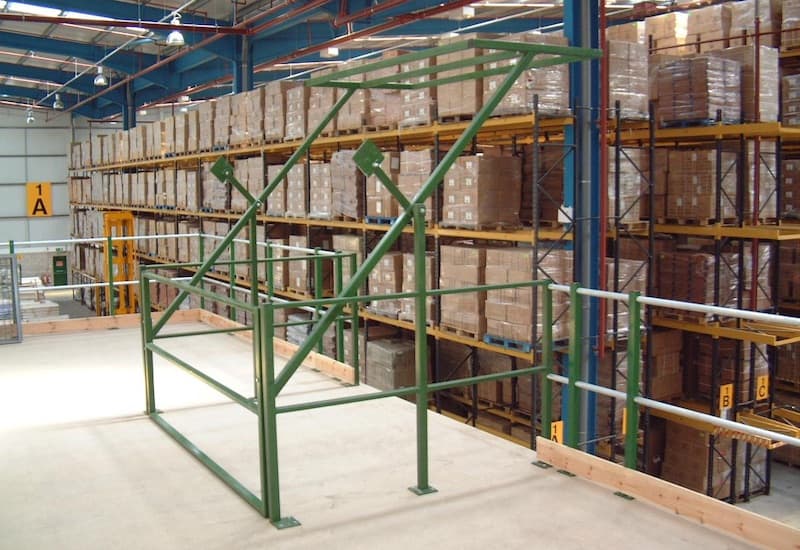
RAMS comply with the requirement in the 1974 act for employers to provide ‘such information, instruction, training and supervision as is necessary’. Other more mezzanine-specific standards that companies need to comply with when using mezzanines include BS EN ISO 14122-3:2016, which deals with ‘Permanent means of access to machinery — Part 3: Stairs, Stepladders and Guard-rails’. This part sets out detailed minimum standards for the provision required in accessing a mezzanine floor and, in the case of mezzanine gates, making the best use of the space created. In addition, The Work at Height Regulations 2005, as amended by the Work at Height (Amendment) Regulations 2007, sets out directives that place a strict duty of care on any employer responsible for others who are working at height (i.e., on a mezzanine floor). Clearly, the expectation would be to carry out a risk assessment of the mezzanine floor during the design and installation phase. Any features needed to minimise the risk of a fall – and comply with the relevant legislation – would be built in from the beginning. USS undertake this process when designing and installing a mezzanine floor, for example, but anyone working with an existing mezzanine floor, or one which, to the best of their knowledge, has not been risk-assessed for a while, needs to carry out their own risk assessment to ensure implementation of all necessary measures. This is particularly true if the mezzanine floor’s use has changed over time – from a storage space that only needs to be accessed occasionally to a working area that people need to access every day. For example, the risk of a fall when someone is on the mezzanine, particularly working near the edge or – in some cases – working through the actual body of the mezzanine itself, is prevalent. General questions that need answering include:
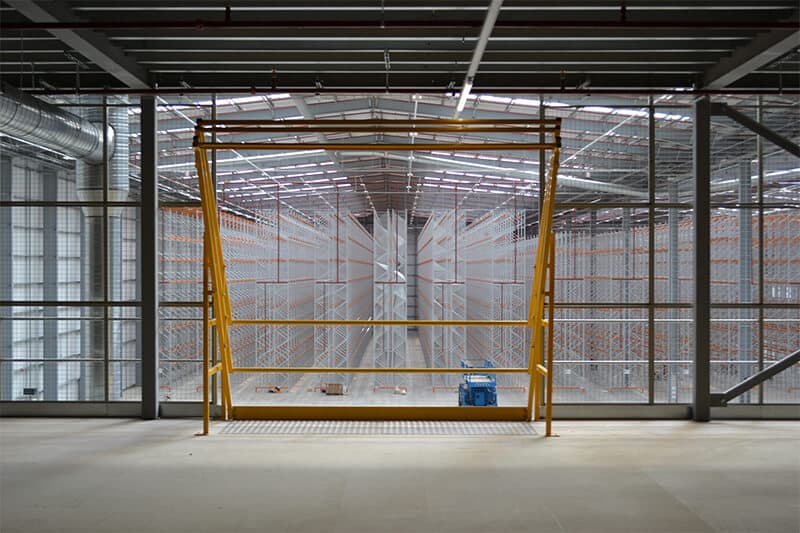
As stated, an assessment of this kind is necessary, particularly if you are considering a change of use after installation or if the capacity of the mezzanine has increased significantly. Protection around the edge of the mezzanine to prevent people or objects from falling below should be par for the course, and any edge protection installed needs to meet the standards set out in The Building Regulations 2010, in Part K, the regulations designed to protect from falls, collisions and impacts. These regulations state that adequate guard rails need to comply with EN 14122-3:2016, which means that handrails should include the following:
Everyone Has a Duty of Care
In addition to the physical make-up of the mezzanine floor, the actions of employees working on the floor can play a significant role in improving health and safety. The Working at Height guide published by the Health and Safety Executive (HSE) states that employees have a legal duty to do the following:
Once the installed mezzanine floor is in use, the overarching health and safety requirements are to establish a regular inspection regime to check for damage to the floor, allied to ongoing vigilance concerning matters such as spills and the presence of objects that might cause trips and falls. The maximum load requirements of the mezzanine floor, as well as restrictions of use (such as whether forklift trucks can operate on the floor itself), should be clearly displayed on signage throughout the building, and employees should be encouraged to take note of this signage and comply with the restrictions in place. All employees should know the escape route from the mezzanine floor in the event of a fire or other dangerous incident. In fact, the fundamental issue of general fire safety and conforming to the original design need to be an ongoing concern for everyone working in the building.
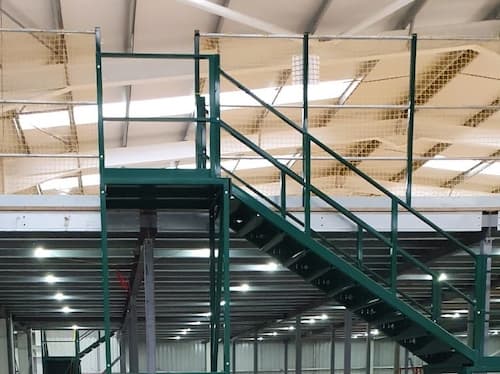
An Organisation-wide Culture of Safety and Well-being
In simple terms, the health and safety aspects of installing and then working on a mezzanine floor need to be part of a company-wide culture that places the health and well-being of employees and visitors front and centre. With this company embedded culture, the health and safety aspect of working on, around or under the mezzanine floor will inform all decisions. To give one small example, if items lifted from the ground level to the mezzanine floor are not appropriately secured, they could become unstable and fall. A straightforward way of securing items would be to cover them and the pallet in shrink wrap, a simple technique that is far more likely to happen if employees have safe-working practices foremost in their minds.
This blog is for information purposes only and should not be construed as legal or financial advice and not intended to be substituted as legal or financial advice.
Find Us
S & L United Storage Systems Ltd
United House, The Street
Takeley, Bishop's Stortford
Hertfordshire, CM22 6QR
Company No. 1313816
VAT No. 291616253Say Hello
01279 871 787Copyright © 2025 S & L United Storage Systems Ltd. All rights reserved.
- About Us

